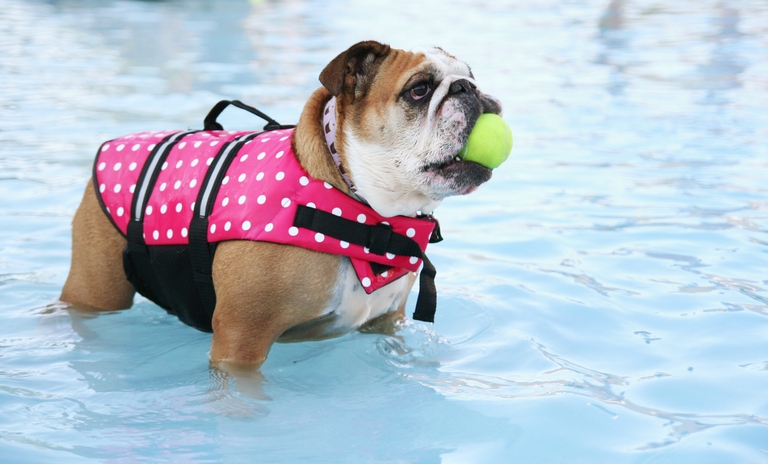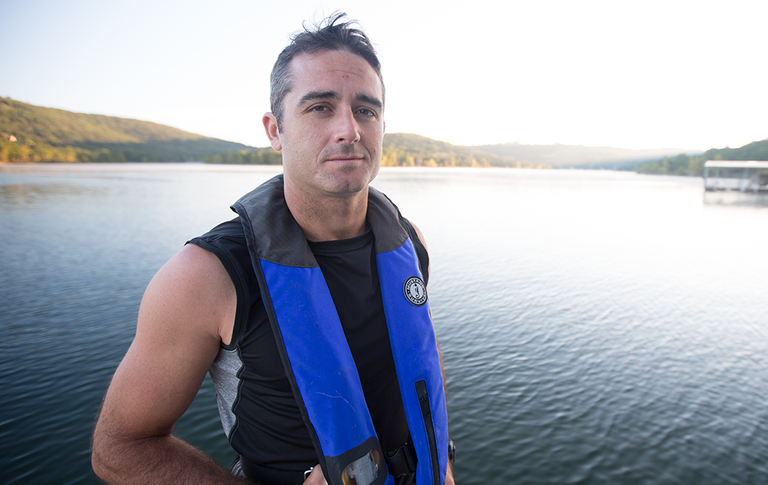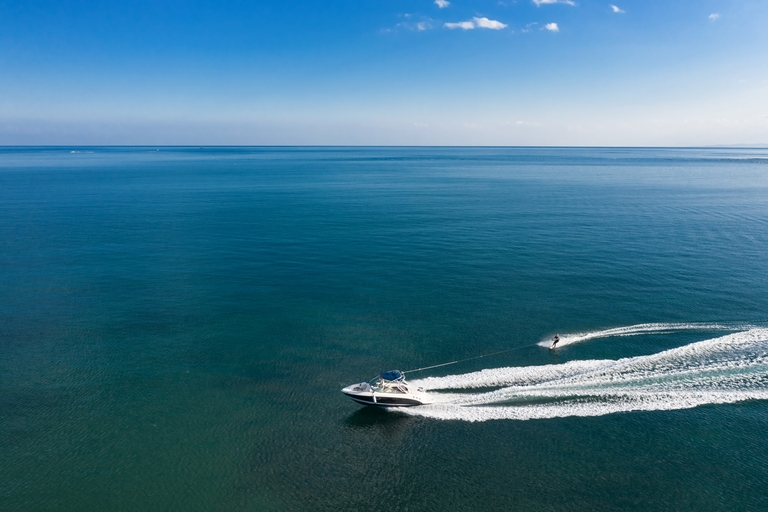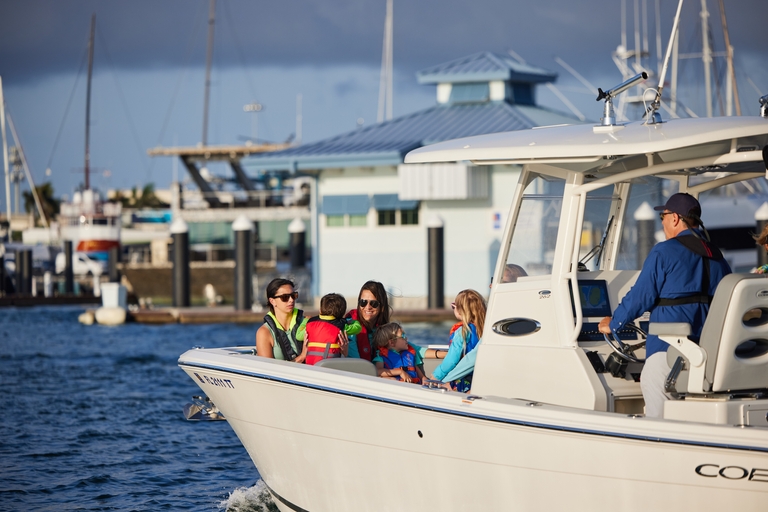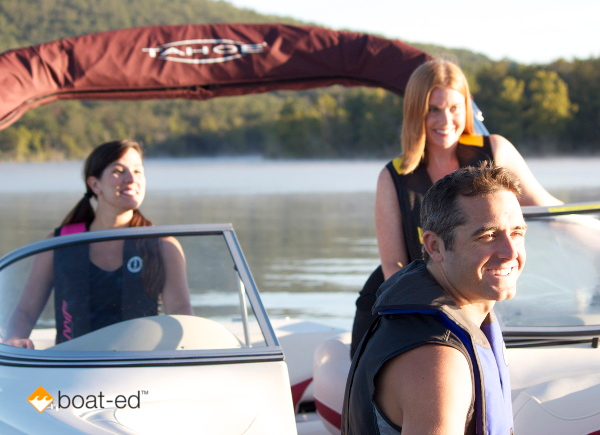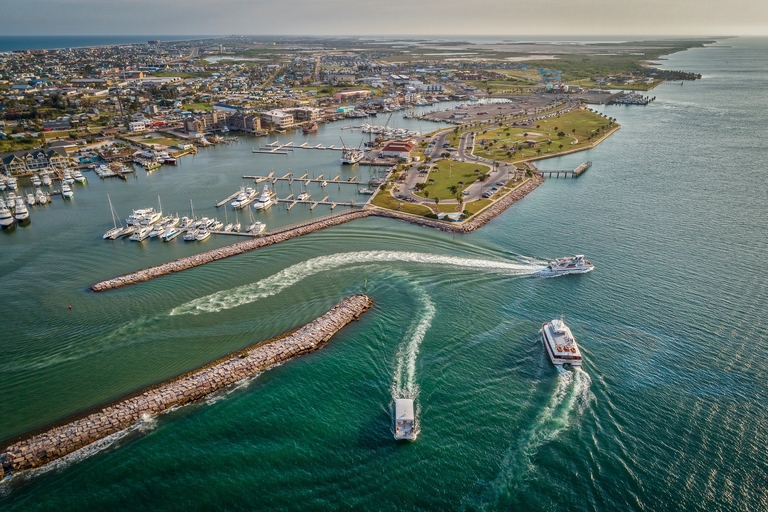Here's the Only Boat Safety Equipment Checklist You Need
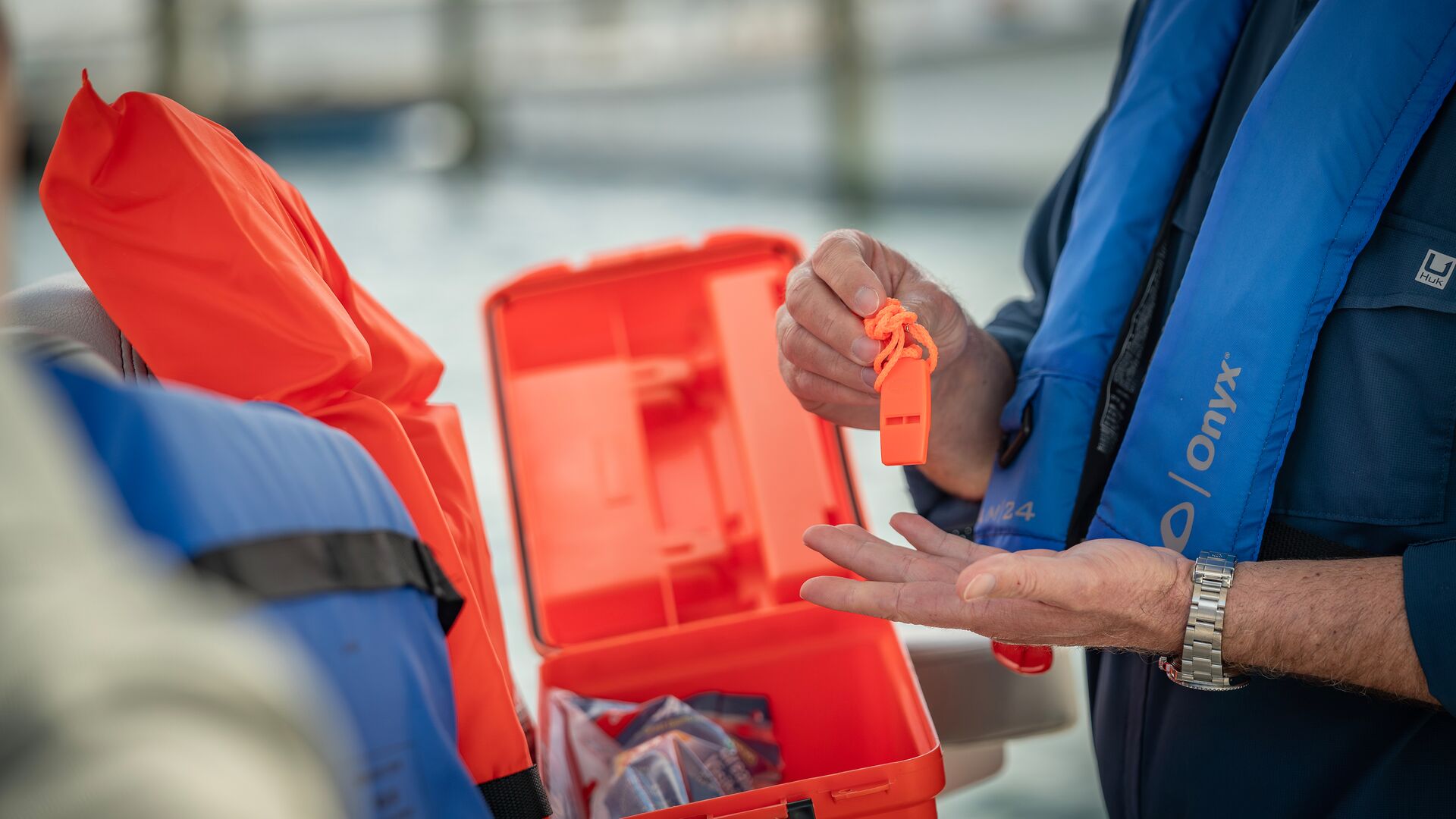
Safety is critical when taking your boat out on the water, so it's crucial to have a boat safety equipment checklist. Checklists can reduce the chances of missing vital items like life jackets and increase your peace of mind.
If you're unsure what to add to your checklist, where to keep it, or how to ensure it contains all the necessary information, keep reading. Here's what you need to know about creating your boating safety checklist and why it's essential for your time on local waterways.
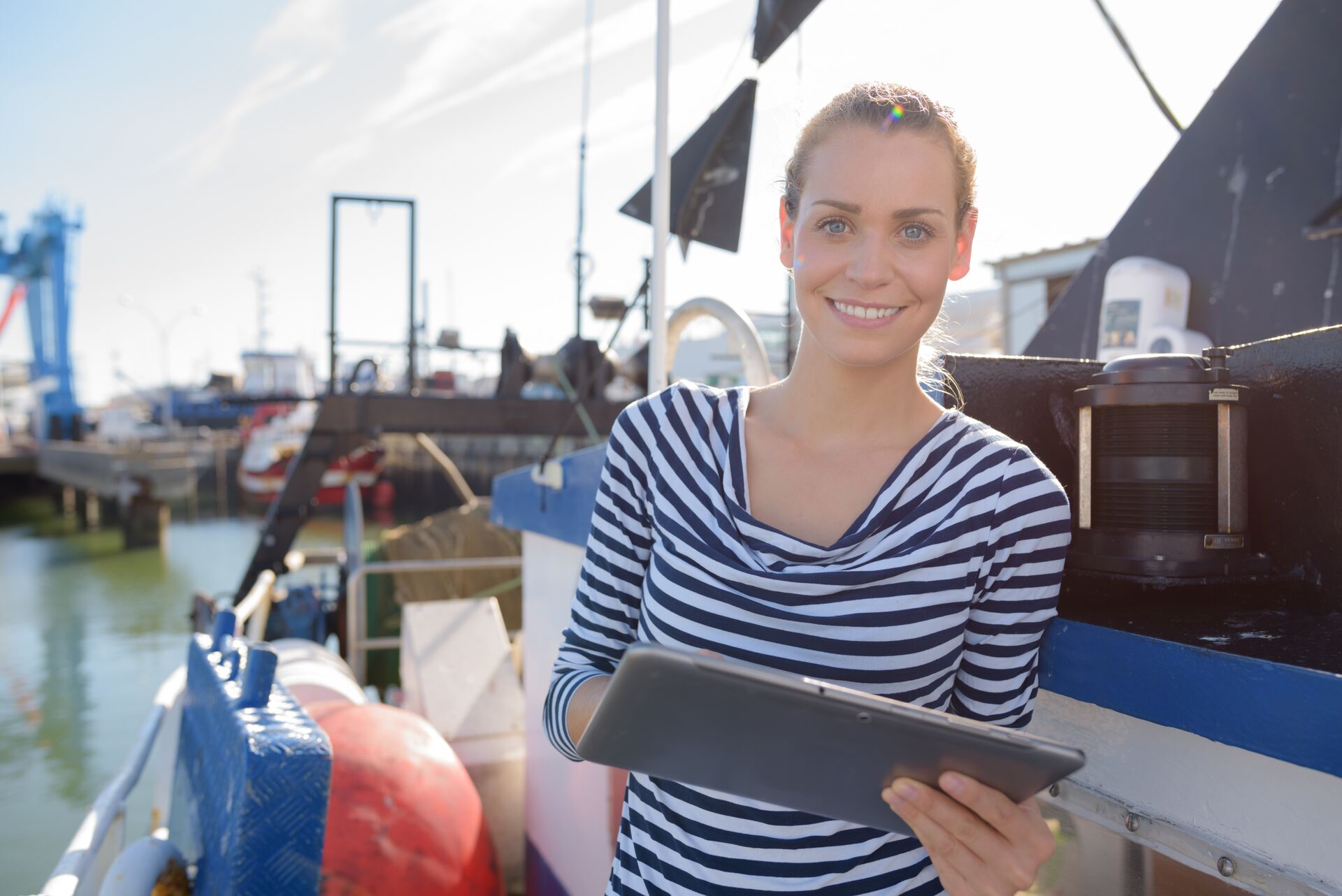
Why a Safety Equipment Checklist Matters
Do you ever forget anything when shopping at the grocery store? Having a grocery list helps you get home with everything you need for dinner.
The same principle applies to the water. Being prepared is vital, whether you're a new or experienced boater. In fact, you could argue that preparedness is the most critical aspect of any boating trip. That's because safety is more than following regulations. It also means ensuring the well-being of everyone on your boat.
A boating safety checklist can help you feel more confident and comfortable in unexpected situations. Checklists can also help you remember equipment that could be lifesaving in an emergency, increasing your protection and that of your passengers.
What Should Be On Your Boat Safety Equipment Checklist?
To create a great checklist, work through each category listed below. Every category is essential, so don't skip any of them as you prepare your boat for a day on the water.
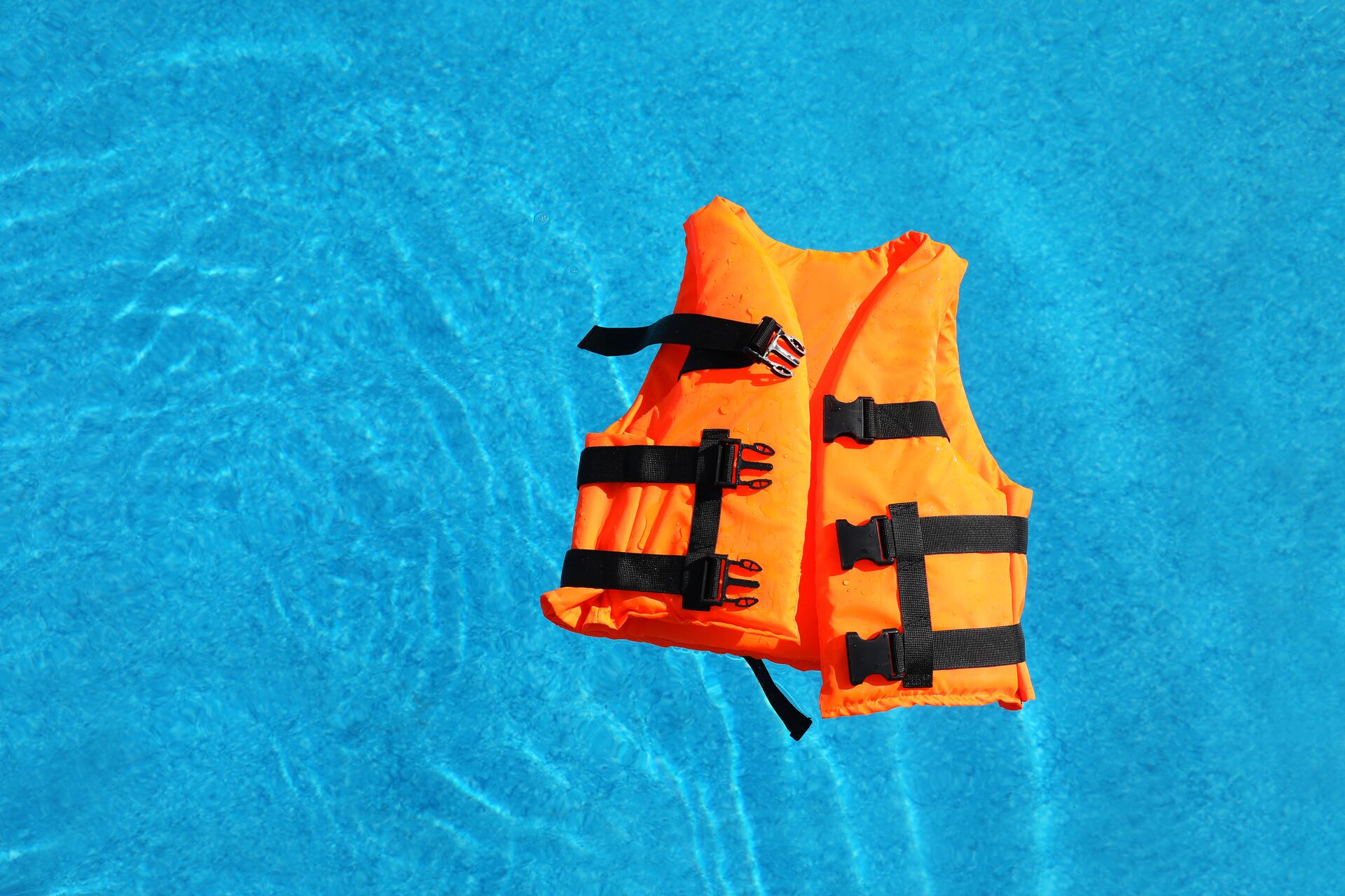
Essential Safety Equipment Required by Law
Some safety equipment is legally required, so you should start with these items when you make your checklist. Doing this will ensure you aren't violating the law, especially if you have passengers on your boat.
Personal Flotation Devices
The first thing you need is personal flotation devices (PFDs). One for every passenger, including children, is required. Ensure you have the right-sized PFDs for each child, too, because adult-sized PFDs won't fit them correctly.
You may also need throwable flotation devices if your boat is more than 16 feet long. Check your local laws to see whether this applies to your boat based on its size.
Fire Extinguishers
Every boat needs to carry at least one fire extinguisher. The type you need and how many are required depends on the size of your boat, so it's essential to check the U.S. Coast Guard or other governing body to ensure you're meeting requirements.
Visual Distress Signals
A safety equipment checklist for boats should include flares or lights, depending on the time of operation. Lights are necessary if you're out after dark, while flares may be enough during the day.
Sound-Producing Devices
Whistles, horns, and bells can all be used for signaling. If you're in distress or need to get the attention of another vessel, you want to make sure you can do so.
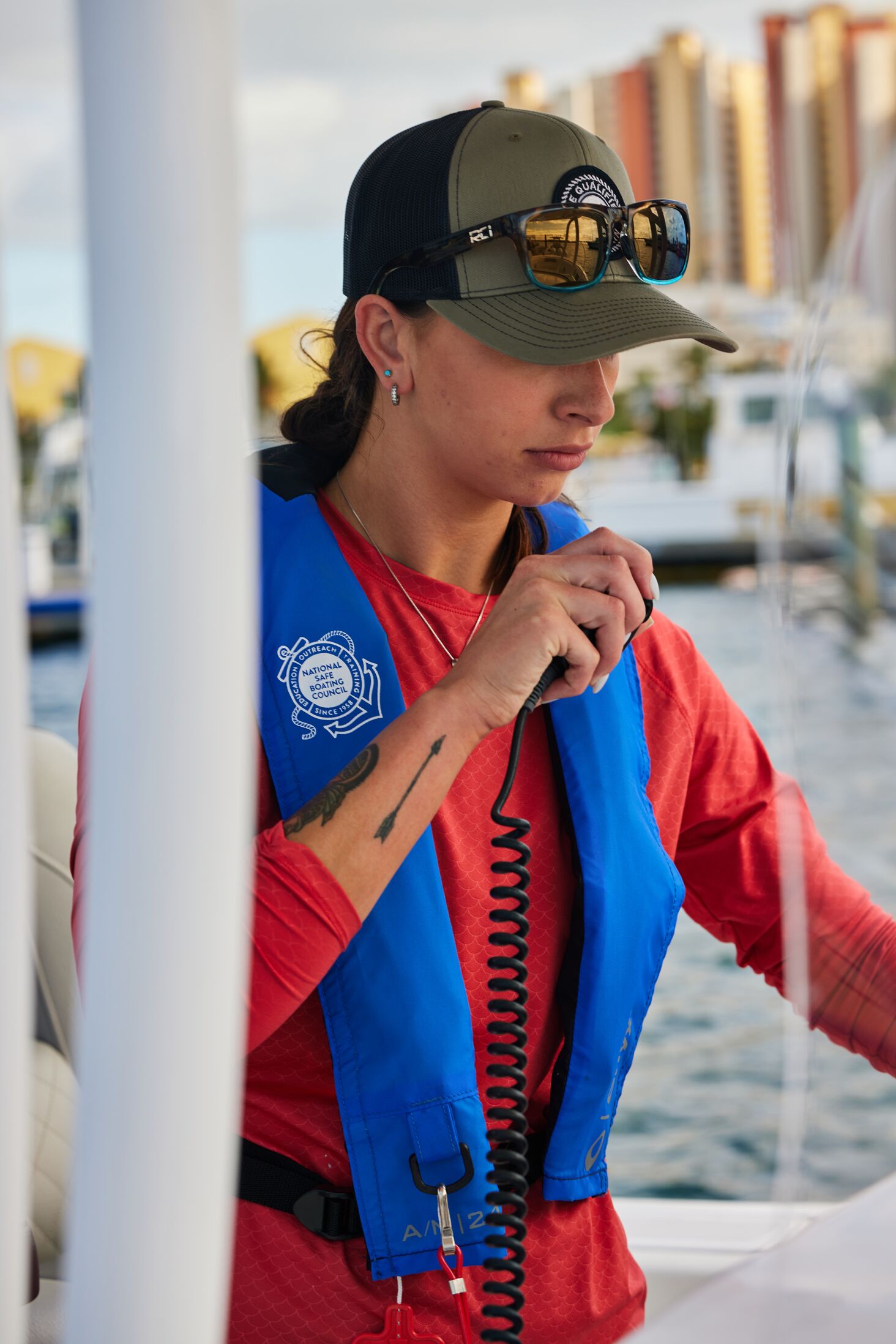
Navigation and Communication Tools
Navigation and communication are essential, so you must ensure your boating safety checklist includes the proper items. For example, you need navigation lights for low visibility and nighttime conditions. You need to see correctly, and other boats should also be able to see you.
Along with lights, you'll need a VHF radio. This reliable option is for distress calls and communication with other vessels and the Coast Guard.
However, don't rely solely on that radio. It could become damaged or fail, so you should also have a backup communication device in a waterproof case, such as a satellite or cell phone.
Emergency and First Aid Supplies
You never know when an emergency might arise. Whether it's an injury to a passenger or something going wrong with your boat, treating the problem and getting help both matter. Make sure you have a first aid kit fully stocked with bandages, antiseptics, and motion sickness remedies.
Also, bring a tool kit for minor repairs and an emergency beacon (EPIRB/PLB) to signal rescuers. These are essential pieces of equipment for offshore boating.
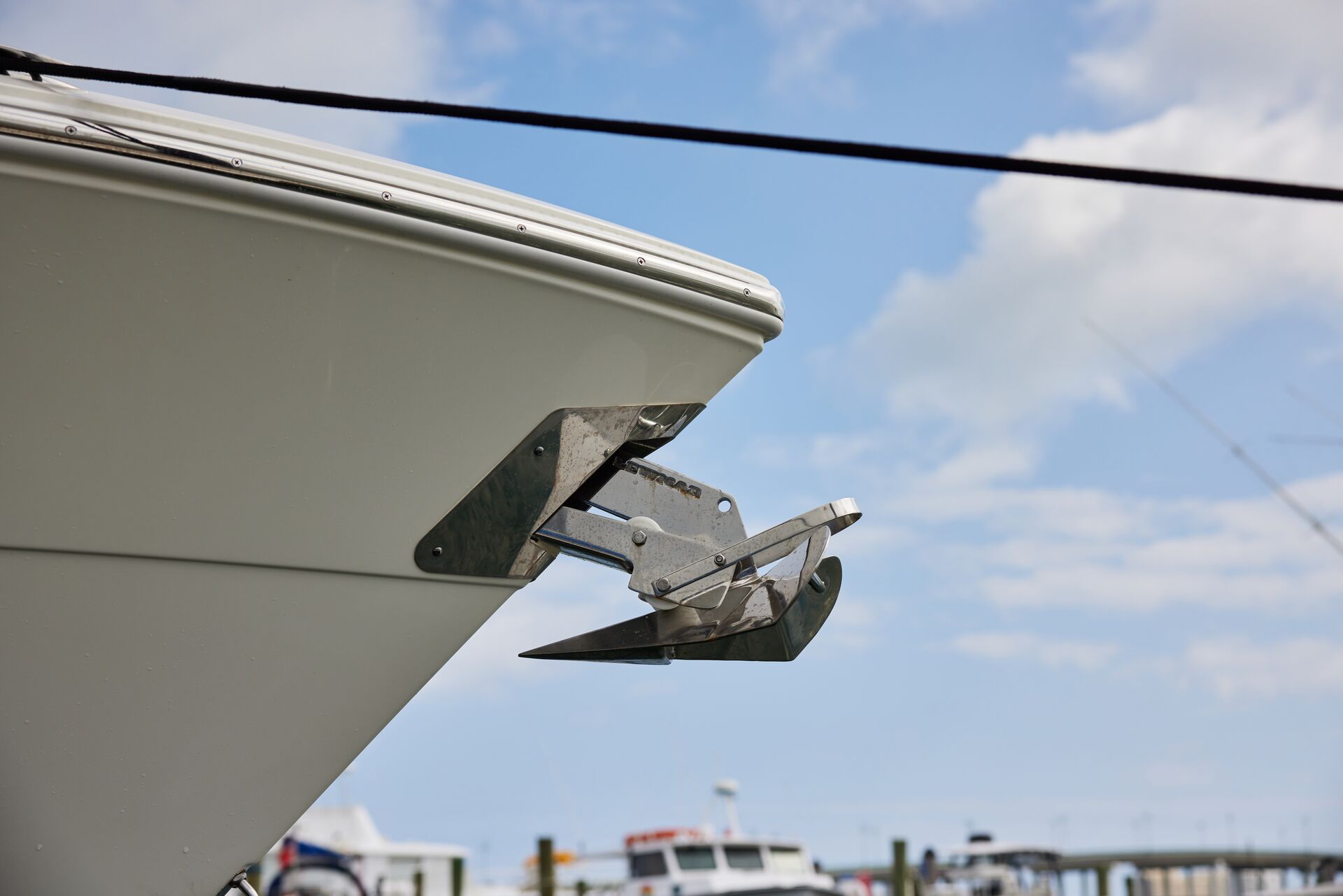
Preventative and Maintenance Gear
An anchor and line can help in emergencies, and anytime you need to hold your position. Along with these items, you should have spare fuel and tools for extended trips or unexpected delays.
Add a bilge pump or bucket to your checklist, too, for removing water in case of flooding, and don't forget extra marine batteries for all your electronics.
Comfort and Additional Safety
No safety checklist for your boat is complete without weather protection and gear for additional safety and comfort.
Bring along extra clothing, blankets, and sunscreen. Also, make sure you have some drinking water and non-perishable food in case you are unexpectedly delayed out on the water.
Boat hooks and knives may also help you dock or handle emergencies more quickly, so include them.
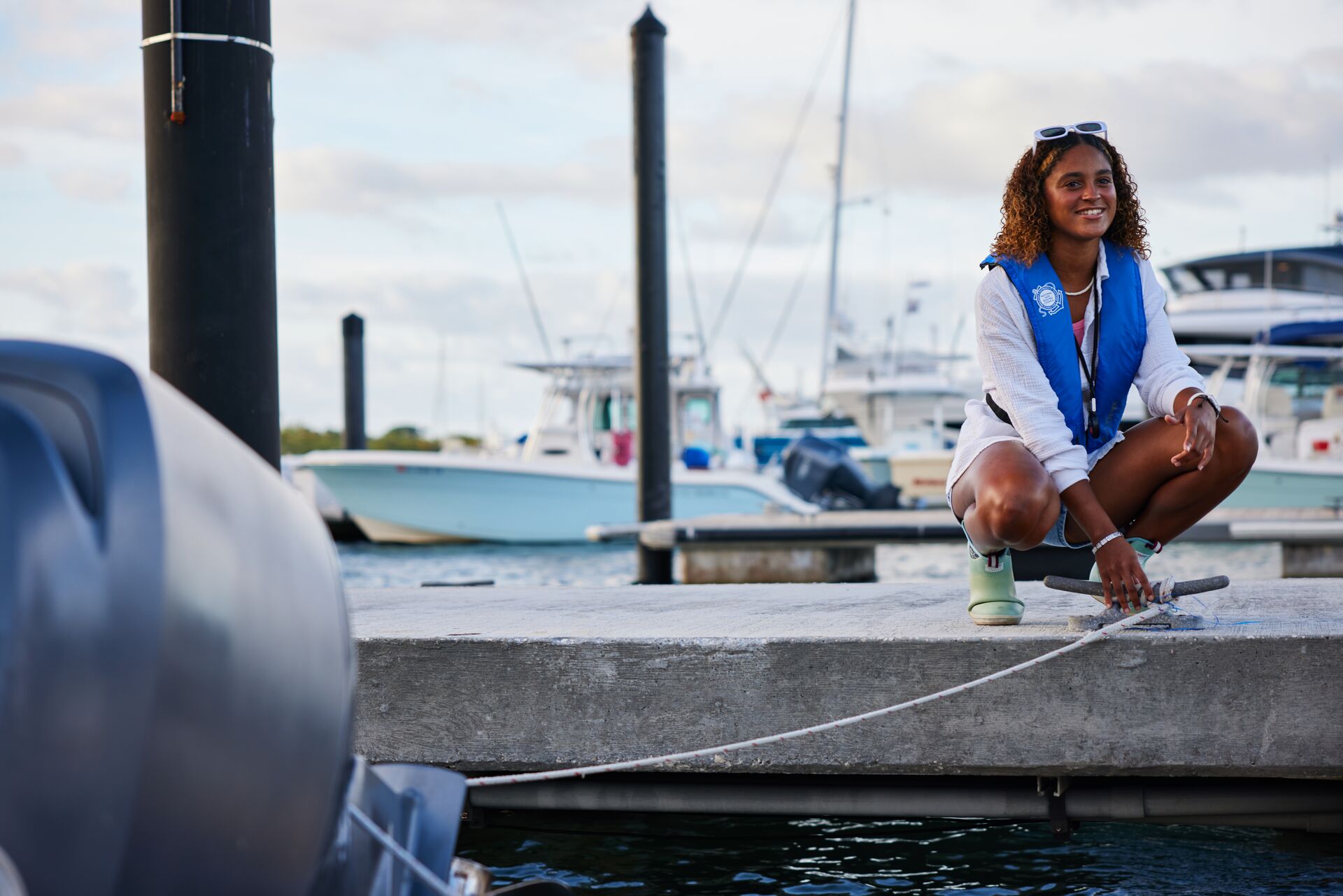
Preparing for Specific Boating Scenarios
As you develop your boat safety equipment checklist, remember to tailor it to your specific scenario.
For example, an all-day fishing trip may require different items than an offshore cruise or sailing trip. You'll also want to consider the time of year to ensure your boat has the proper clothing and safety gear.
Conduct Routine Safety Checks
Pre-trip inspections are vital to ensure all equipment is functioning correctly. Don't leave the dock until you've conducted an inspection and talked to your passengers about the location and use of safety gear.
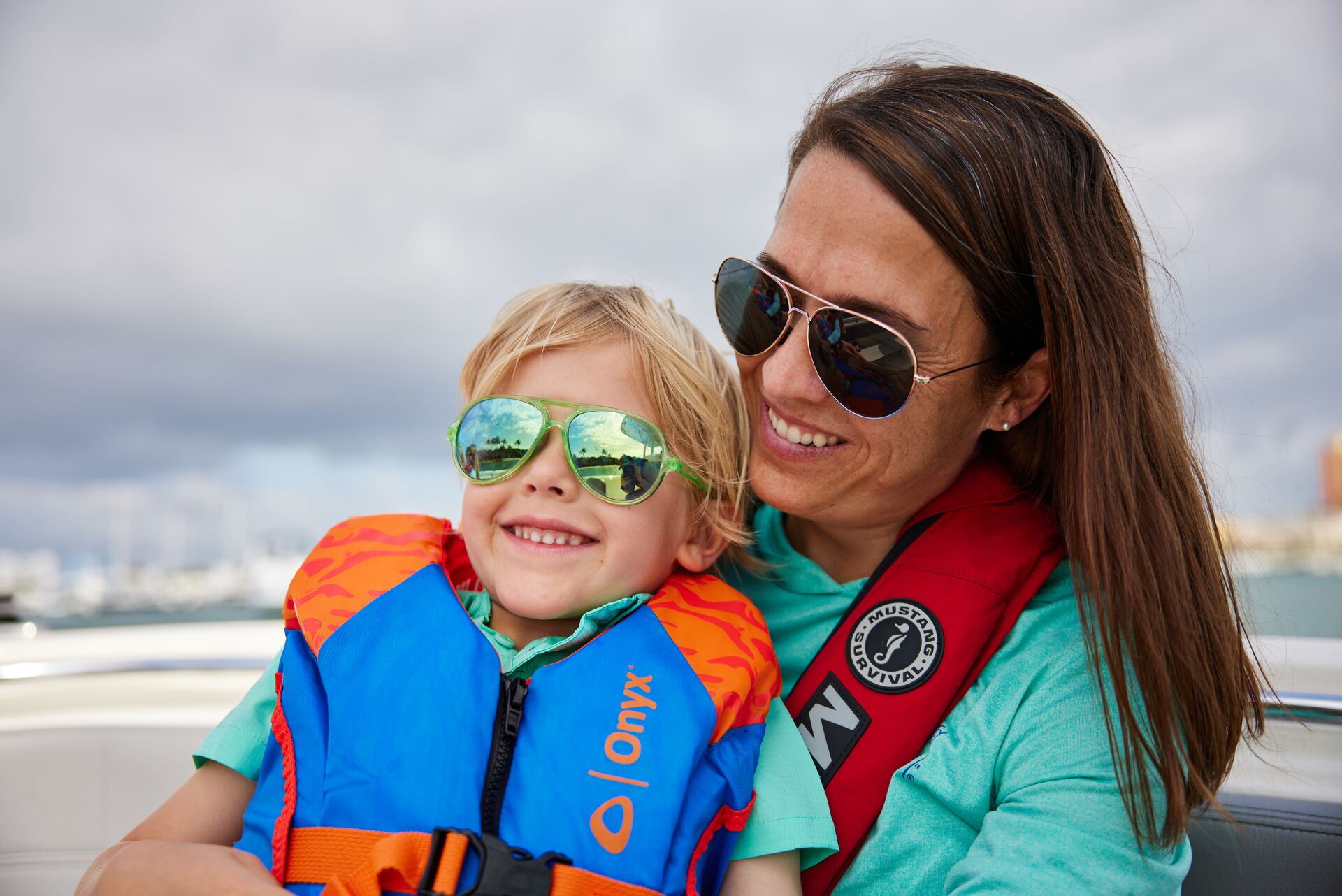
Make Safety a Priority With Boat-Ed
A comprehensive checklist helps keep everyone aboard safe. By regularly reviewing and updating your safety gear, you prioritize safety over convenience or cost and protect yourself and your passengers.
Don't forget to take a boat education course to stay safe on the water! You'll learn everything you need to know about navigation, safety, and etiquette so you can boat confidently.
An online course through Boat-Ed is the best way to learn the essentials and get your boater education card as proof that you're certified to legally drive a boat. Our courses are fun and engaging while meeting your state's requirements for boater education!
Add boater education to your boating safety checklist! Click to choose the course for your region and start learning.

